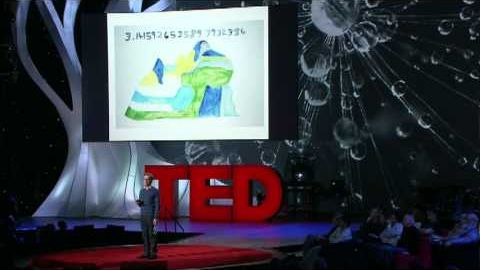
Subtitles & vocabulary
Daniel Tammet - 用不同的方式看世界 (中英雙字幕)
00
Max Lin posted on 2014/12/28Save
Video vocabulary
people
US /ˈpipəl/
・
UK /'pi:pl/
- Noun (Countable/Uncountable)
- Persons sharing culture, country, background, etc.
- Men, Women, Children
- Transitive Verb
- To populate; to fill with people.
A1
More mind
US /maɪnd/
・
UK /maɪnd/
- Verb (Transitive/Intransitive)
- To be bothered or upset by something
- To take care of someone e.g. as a bodyguard
- Noun (Countable/Uncountable)
- One's opinion or way of thinking about something
- Part of humans that allows us to think or feel
A1TOEIC
More world
US /wɜrld /
・
UK /wɜ:ld/
- Noun (Countable/Uncountable)
- All the humans, events, activities on the earth
- Political division due to some kind of similarity
A1
More majority
US /məˈdʒɔrɪti, -ˈdʒɑr-/
・
UK /mə'dʒɒrətɪ/
- Noun (Countable/Uncountable)
- Amount that is more than half of a group
- The age at which a person is legally considered an adult.
B1TOEIC
More Use Energy
Unlock All Vocabulary
Unlock pronunciation, explanations, and filters
